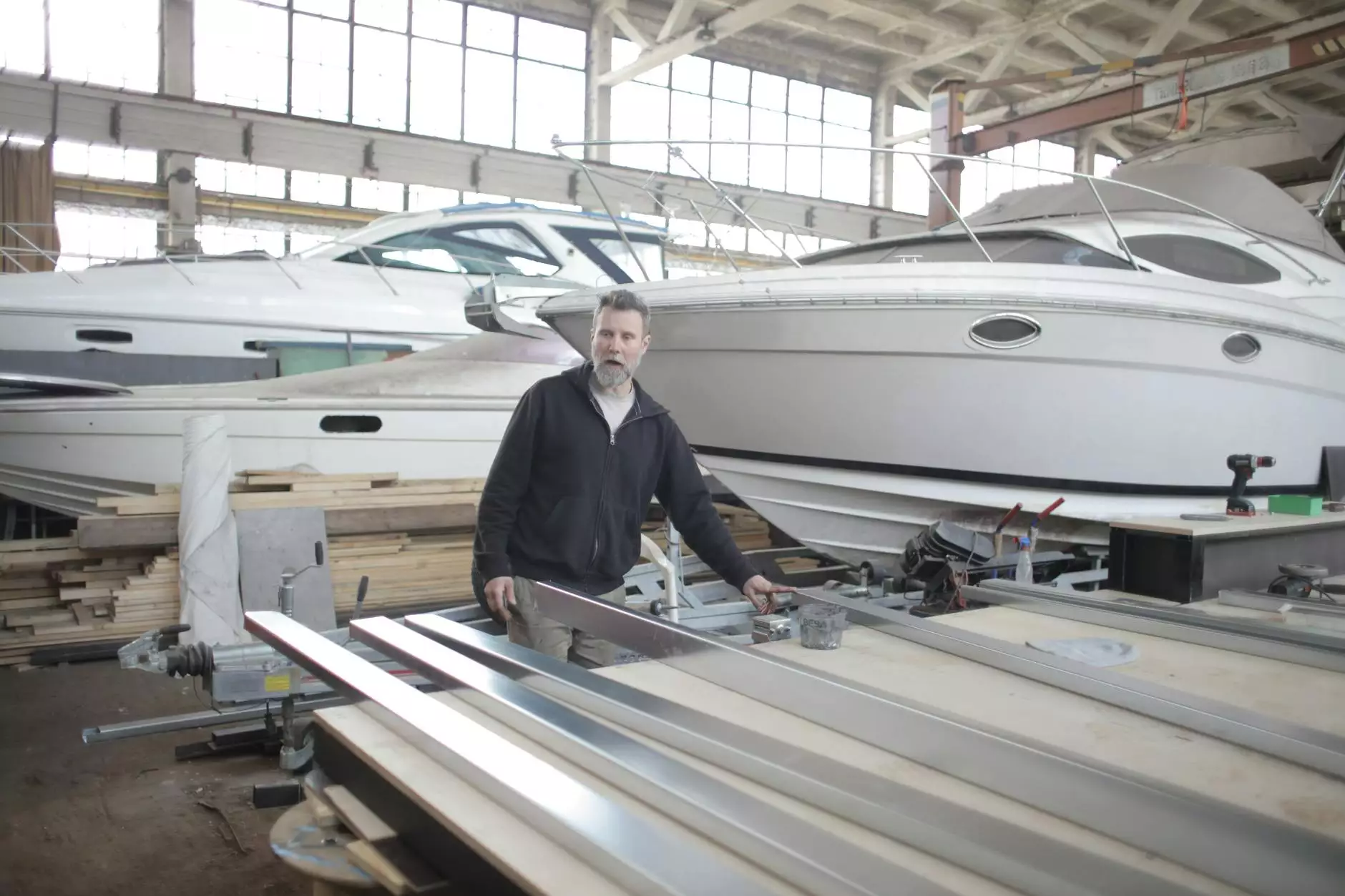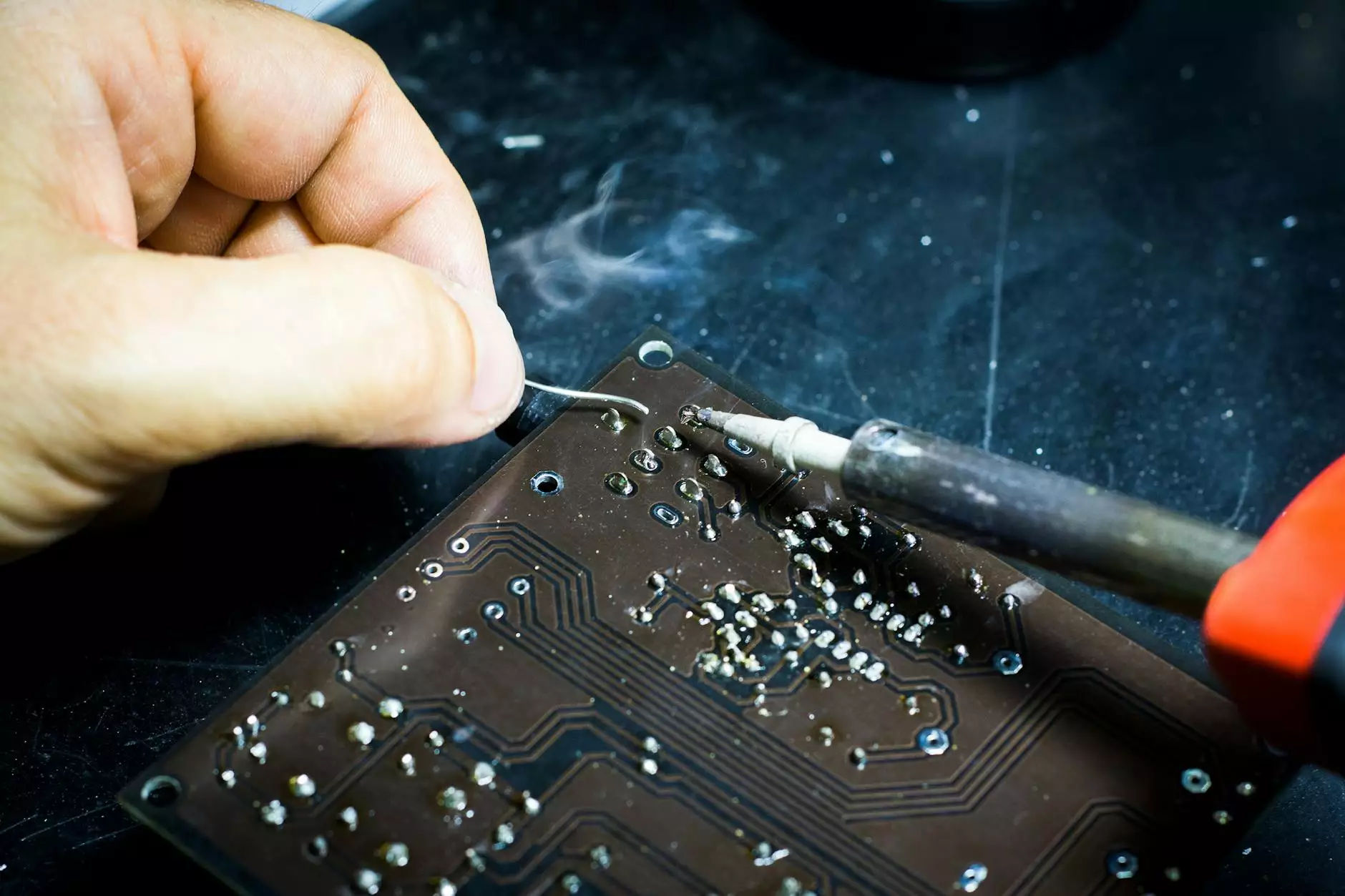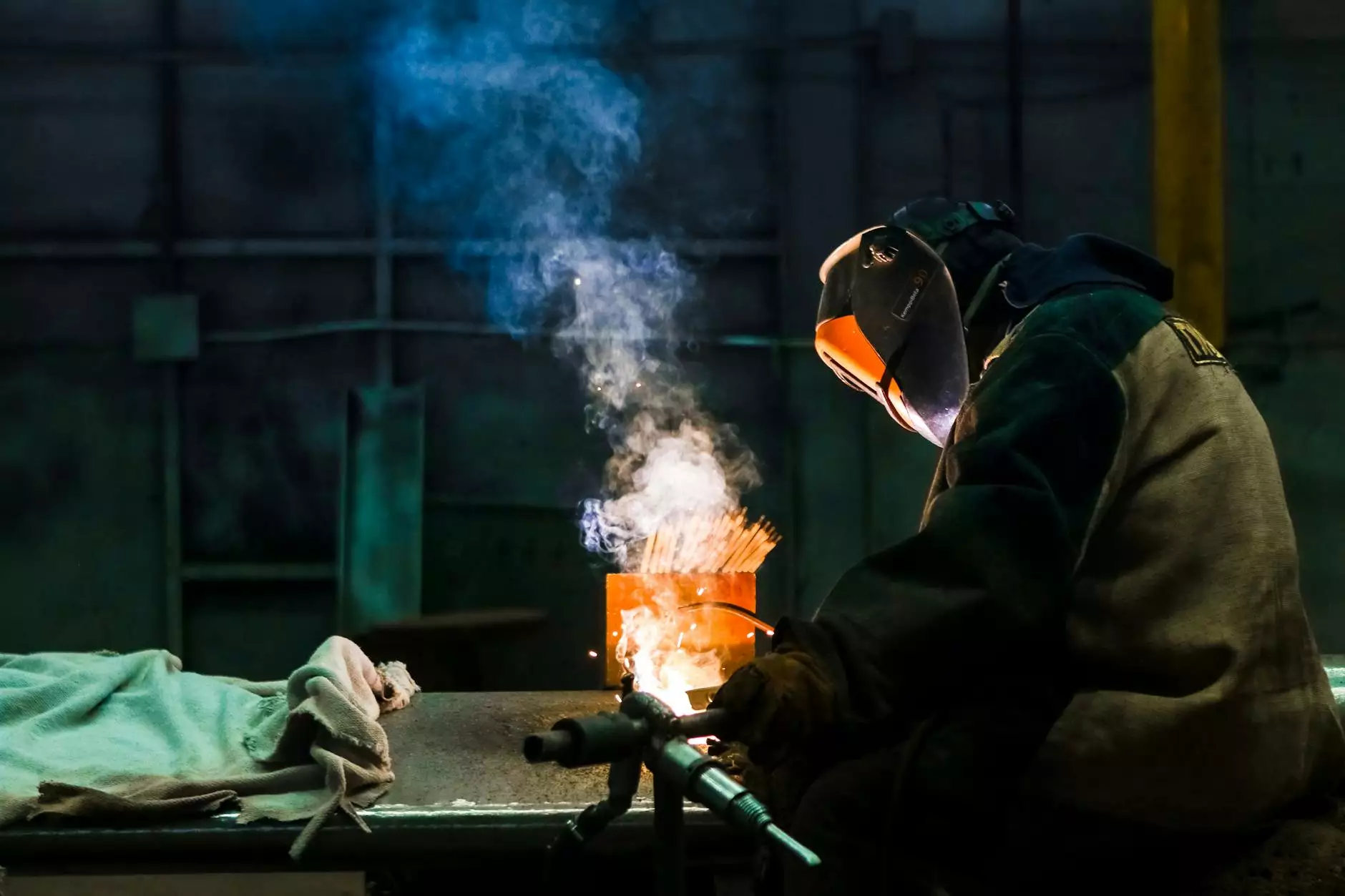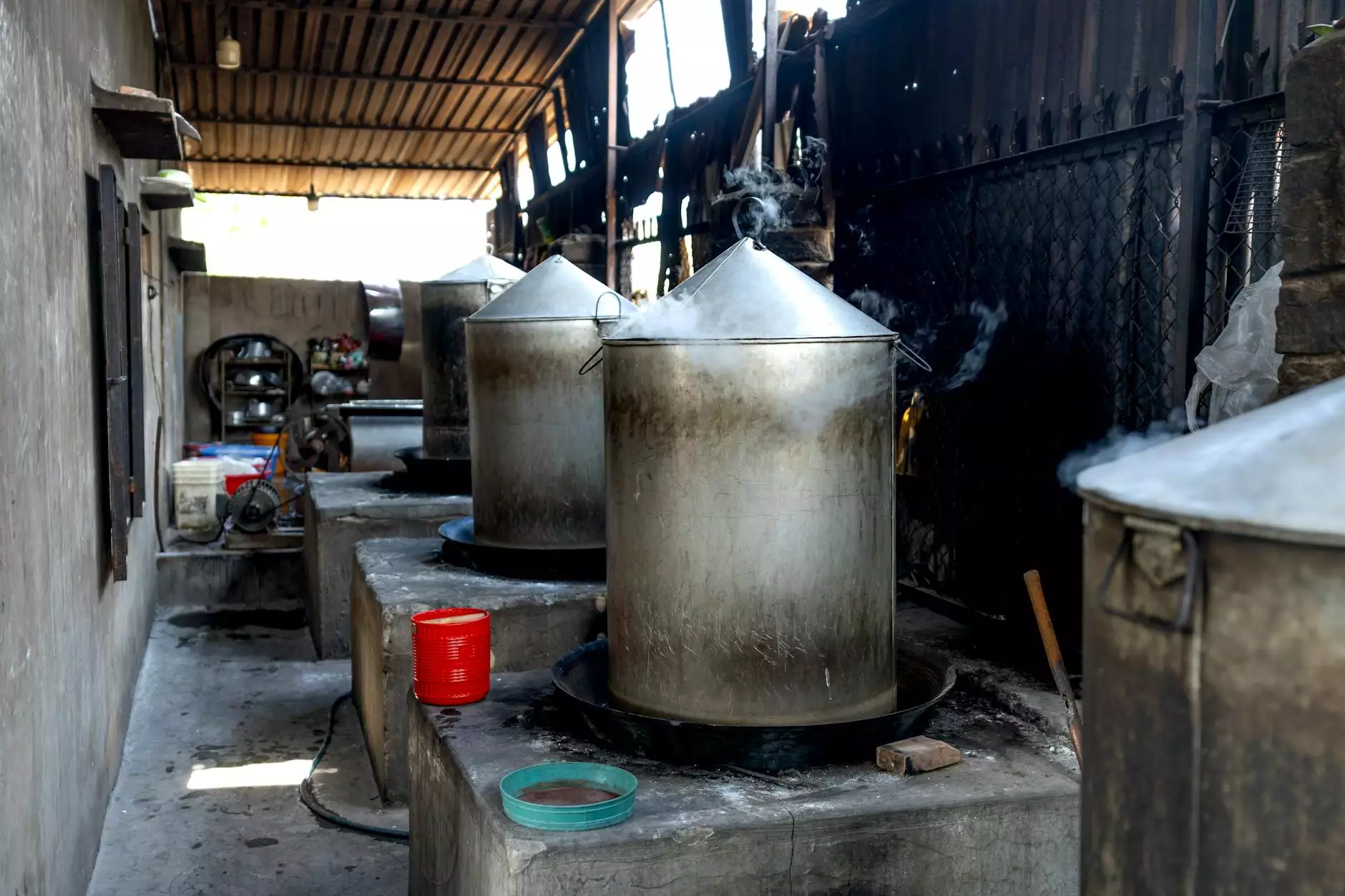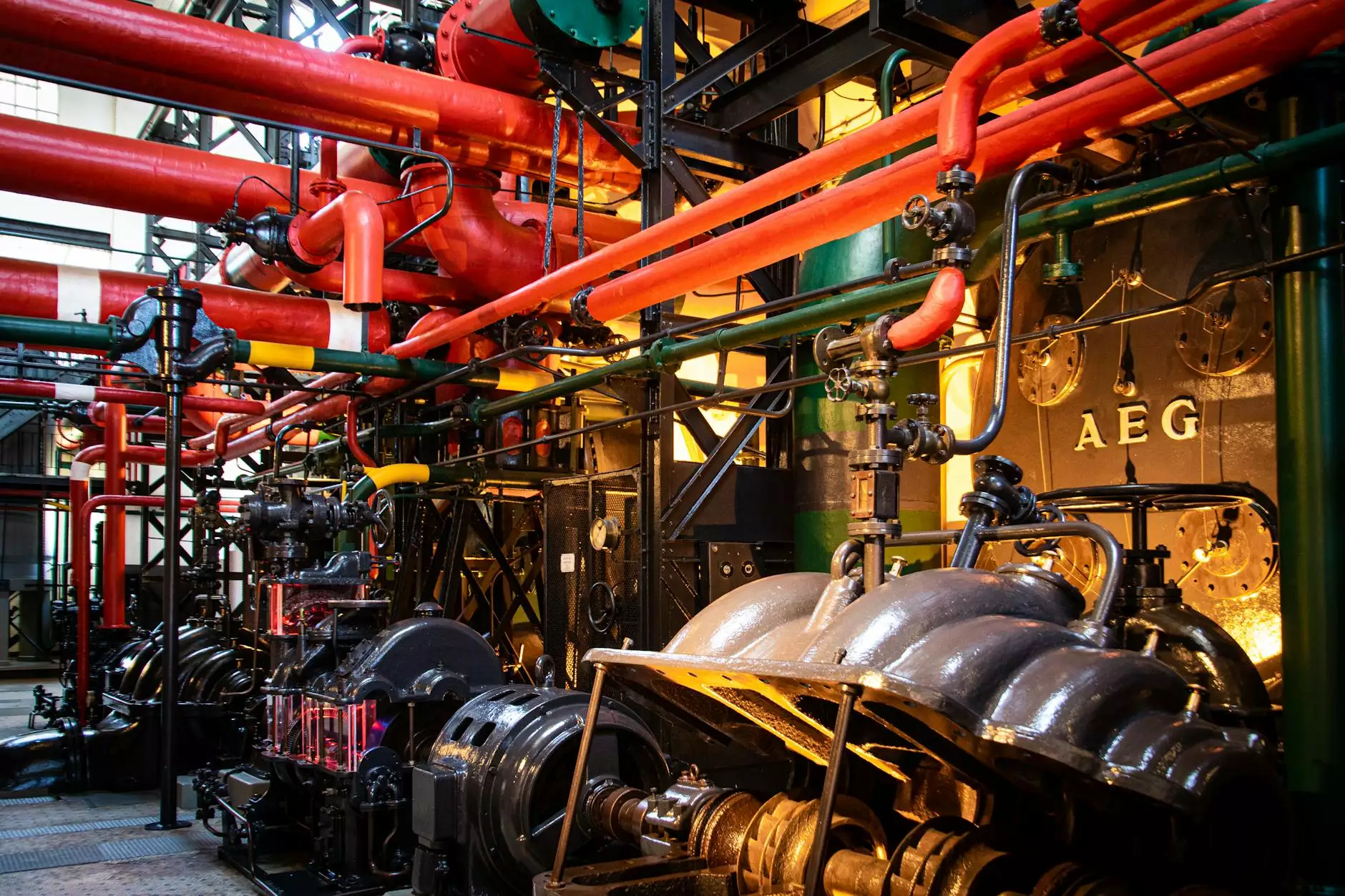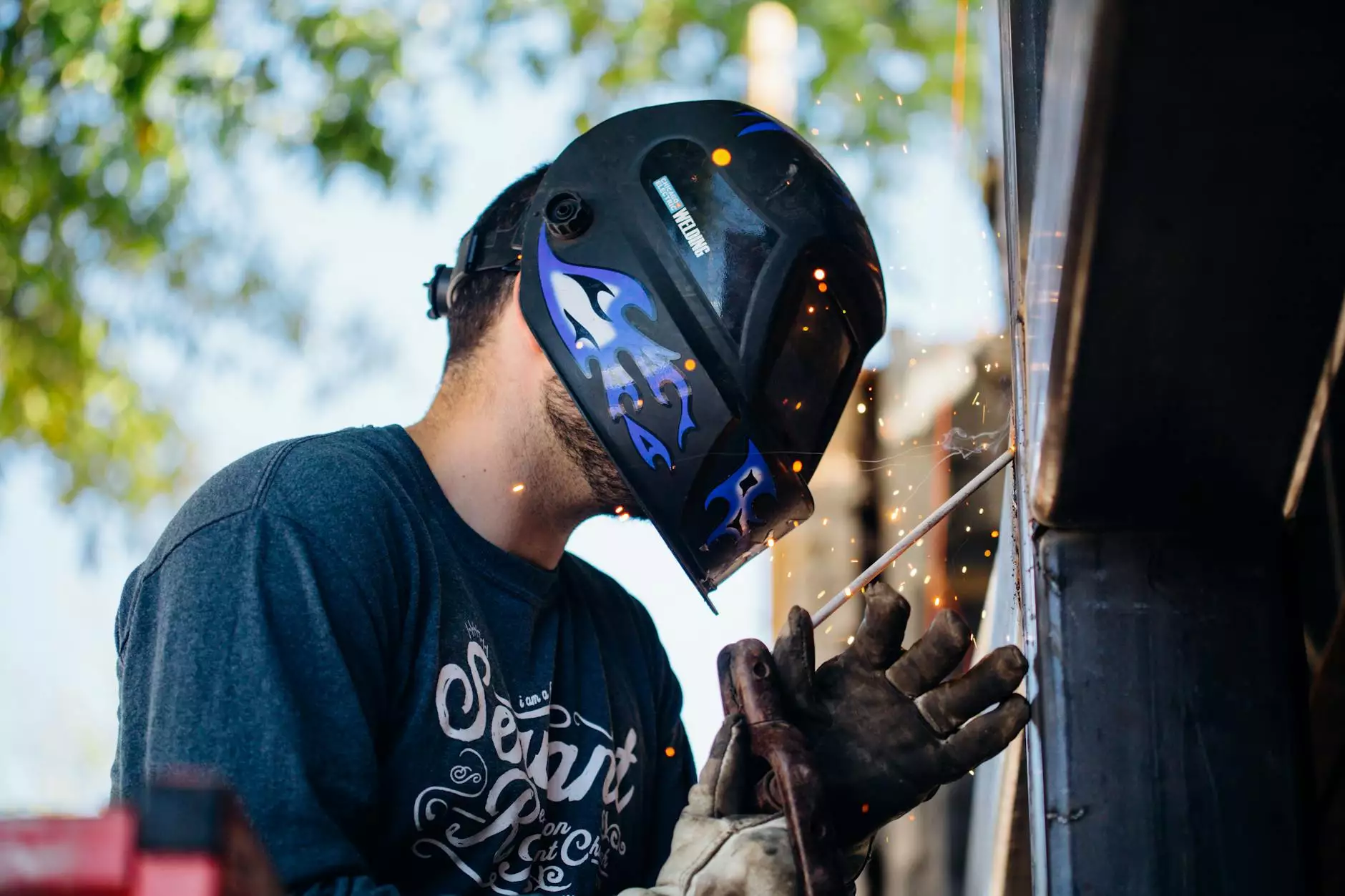Traditional Welding vs. Laser Welding
Sheet Metal
The Advantages of Traditional Welding
Traditional welding, also known as conventional welding, has been the backbone of the welding industry for decades. It involves joining metal pieces together by melting and fusing them using electric arcs or gas flames.
One of the main advantages of traditional welding is its versatility. It can be used on various types of metals, from steel and aluminum to copper and titanium. It is also suitable for different applications, including construction, automotive, and manufacturing.
Traditional welding offers excellent strength and durability. The resulting welds have high load-bearing capacity, making them ideal for structural components. Additionally, this method allows for easy repairs and modifications, as it is a well-established and widely-used technique.
The Benefits of Laser Welding
Laser welding is a newer technology that uses a concentrated beam of light to weld metal pieces together. It offers several advantages over traditional welding, making it a popular choice in certain industries.
Precision is one of the key benefits of laser welding. The focused beam allows for very precise control, resulting in clean and accurate welds. This is especially beneficial when working with delicate or intricate parts where heat distortion needs to be minimized.
Another advantage of laser welding is its speed. The concentrated heat source allows for faster welding times compared to traditional methods. This can increase productivity and reduce production costs, especially in high-volume manufacturing operations.
Furthermore, laser welding is known for its minimal heat-affected zone (HAZ). The concentrated energy of the laser beam results in less thermal distortion, preserving the surrounding material and minimizing the need for post-welding treatments.
Choosing the Right Welding Method for Your Needs
When deciding between traditional welding and laser welding, it’s essential to consider the specific requirements of your project or application.
If strength and durability are your primary concerns, traditional welding may be the better choice. Its versatility and well-established techniques make it suitable for a wide range of applications, especially those that require heavy-duty welds.
On the other hand, if precision and speed are crucial factors, laser welding might be the optimal solution. Its ability to deliver clean and accurate welds, along with faster welding times, can significantly improve productivity, particularly in industries with high-precision requirements.
At Powder Keg, we understand the importance of selecting the right welding method for each project. With our expertise and state-of-the-art equipment, we provide both traditional welding and laser welding services, ensuring the highest quality welds tailored to your specific needs.
Conclusion
In the ongoing debate of traditional welding vs. laser welding, both methods have their unique advantages and applications. The choice depends on various factors, including the type of metal, desired strength, precision requirements, and production volumes.
As a leading provider of welding services in the Business and Consumer Services industry, Powder Keg offers a comprehensive range of welding solutions. Whether you need the robustness of traditional welding or the precision of laser welding, our experienced team is here to deliver exceptional results.
